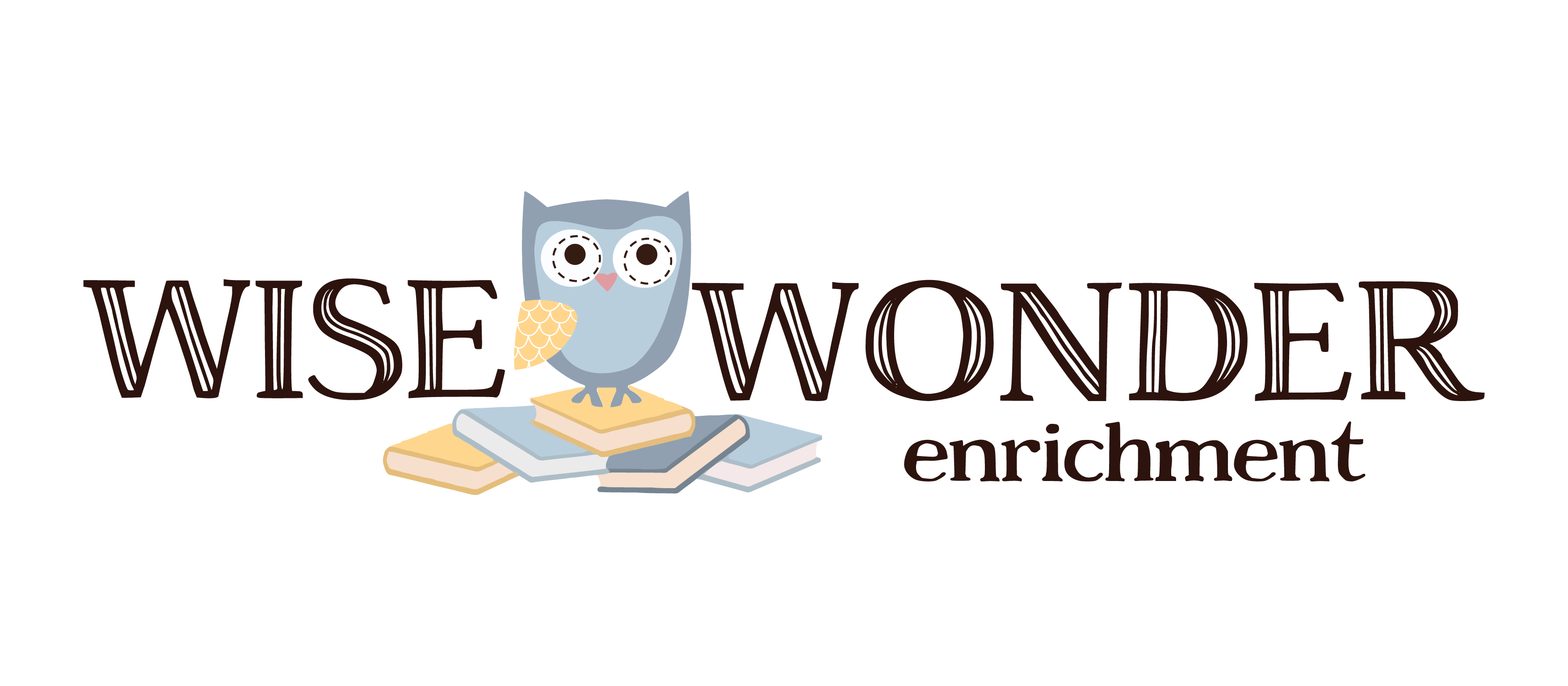At Wise Wonder, we are always looking for new ways to encourage the utmost engagement in the classroom.
One of our most important goals is to ensure that learning remains fun — something to look forward to and participate in with genuine joy. This objective motivates every aspect of our curriculum and helps to inspire new programs and initiatives as well.
Last year, we began working in collaboration with Sunny Songsters, an organization that infuses literacy with music in the classroom to create a dynamic classroom experience. Our Baby Hoots program introduces literacy to our youngest learners to ease the transition into a classroom setting while also incorporating music and movement to get the creative gears turning.
This program got us thinking about the purpose and benefits of incorporating music in the classroom. Of course, it has been proven to help students focus and retain information, but what are the best ways to weave music into our learning?

Play music in the background during guided activities.
We use the same playlist during certain exercises for each age group. One example is during our shape and sticker worksheets with our Lil Hoots. We play soft, classical versions of lullabies and nursery rhymes to create a calming environment. This encourages children to focus and adapt to a routine, as they listen to the same songs each week. Softer music also doesn’t detract from the lesson itself. With our older students, as the work becomes more advanced, we tend to incorporate instrumental music as it still relaxes without ever distracting from their writing or reading.
Develop songs to be used as a type of mnemonic device.
Part of our technique in teaching handwriting is implementing songs and chants to assist with remembering the proper way to form letters. This method can be utilized in various aspects of learning — and has been for years! Anyone remember the preposition song? Even the Alphabet Song is a classic example. This is a technique that requires repetition and, of course, a catchy tune to bring about the highest level of progress and memorization. Play around with music and lyrics until you find the best fit. Want to take it to the next level? Bring out real instruments for the kids to play! Musical learning helps with memory, and also with fine motor development. It’s a win-win. 🙂
Use music to facilitate transitions.
Transition periods between group activities, storytime, and lessons can often be chaotic. It can lead to children becoming unfocused and it’s often difficult to regroup. We enjoy using music in the classroom during transitions with our Lil Hoots (18 months to 24 months) to also keep them distracted when we’re working on separation. It allows kids of all ages to continuously stay engaged without it feeling forced or unnatural in the moments of quiet. This can also be incorporated at home — during chores, between dinner and bedtime, etc. Music is a universal aid!
What are some ways you incorporate music to keep your little ones learning and improving? We’d love to hear them!
Happy Listening! 🙂

